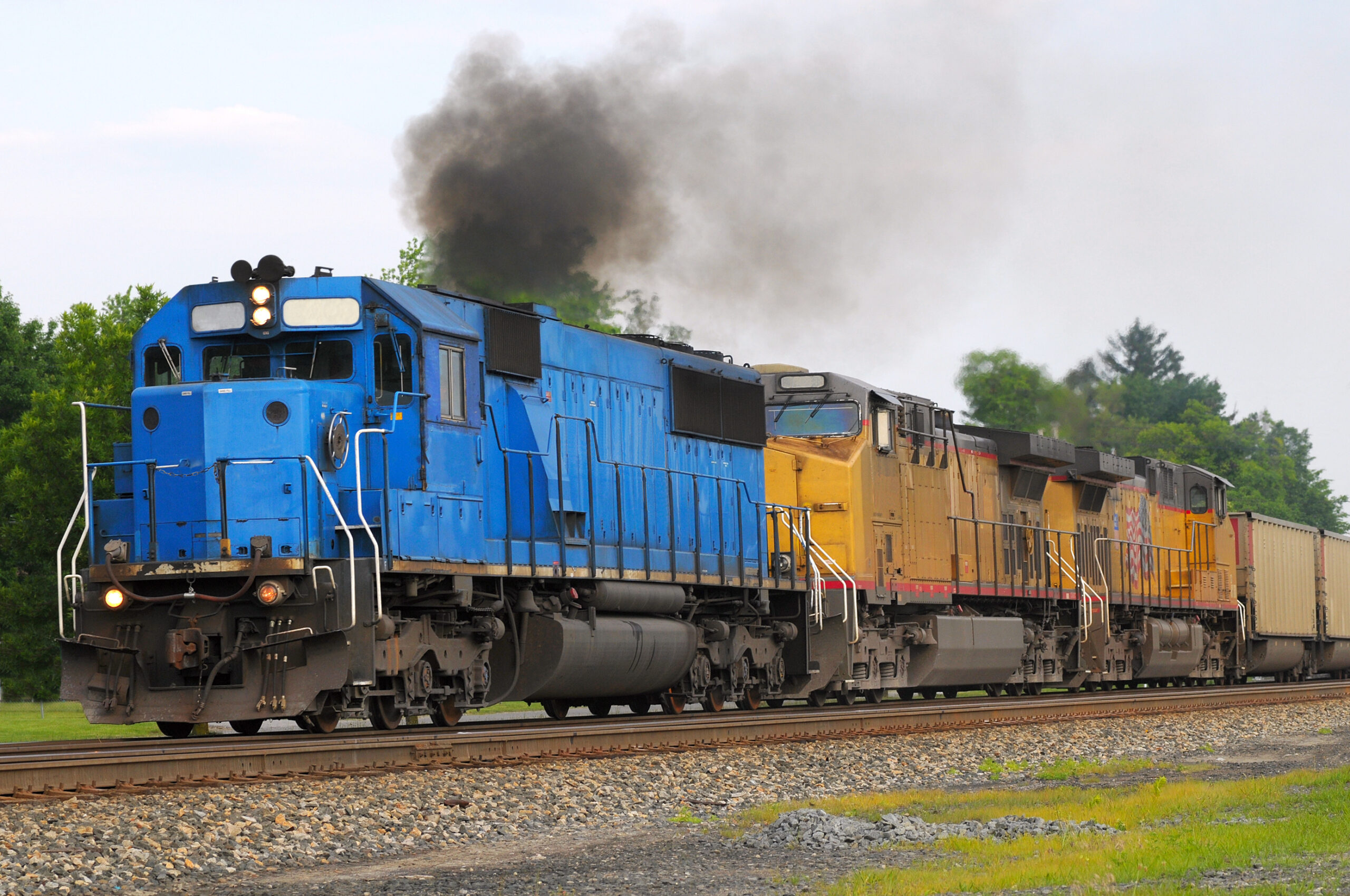The Dangers of Diesel Exhaust
What is diesel exhaust?
Diesel exhaust is produced when an engine burns diesel fuel. It is a complex mixture of thousands of gases and fine particles (commonly known as soot) that contains more than 40 toxic air contaminants. These include many known or suspected cancer-causing substances, such as benzene, arsenic and formaldehyde. Exposure to these substances irritates and inflames the lungs, damages cells, and increases the risk of developing lung cancer over time.
Prolonged exposure to diesel exhaust is one of the primary causes of lung cancer in railroad workers. Studies have shown that these workers have a 20% to 50% higher chance of developing lung cancer compared to the general population.
The International Agency for Research on Cancer (IARC) is part of the World Health Organization (WHO). One of its major goals is to identify causes of cancer. The IARC classifies diesel engine exhaust as carcinogenic to humans.

How are railroad workers exposed to diesel exhaust?
Since the railroad industry converted from steam to diesel locomotives after World War II, U.S. railroad workers have faced regular exposure to diesel exhaust.
They encounter diesel exhaust in multiple ways, depending on their job duties and work environment.
- Diesel-powered locomotives: Diesel locomotives remain the primary source of exposure for railroad workers. Locomotive engineers and conductors breathed in exhaust while deadheading on trailing locomotives, running long-nose forward, or traveling through tunnels. Diesel fumes poured into locomotive cabs through open windows, poorly sealed floors, electrical panels, and thin walls—especially on outdated locomotives that lacked modern ventilation or filtration systems.
- Maintenance equipment: Railroad track/engineering department workers encountered diesel exhaust while servicing locomotives and on-track equipment. These workers often stood near idling machinery, including tampers, regulators, and cranes, for long hours. Some trackmen worked inside tunnels, where poor ventilation trapped diesel fumes and intensified exposure.
- Work environments:
Exhaust fumes accumulated in enclosed work areas such as rail yards, repair shops, and tunnels. Locomotive shop workers experienced some of the highest exposure levels, as railroads frequently idled or cold-started locomotives inside roundhouses and diesel shops. Diesel exhaust in these settings came not only from locomotives but also from torpedo heaters, car movers, cranes, and forklifts, all of which burned diesel fuel and released toxic emissions.
If you worked for the railroad and you have been diagnosed with a diesel-related cancer, call Hughes Law Offices today at 312-877-5588. Find out if you have a FELA cancer claim against the railroad.

